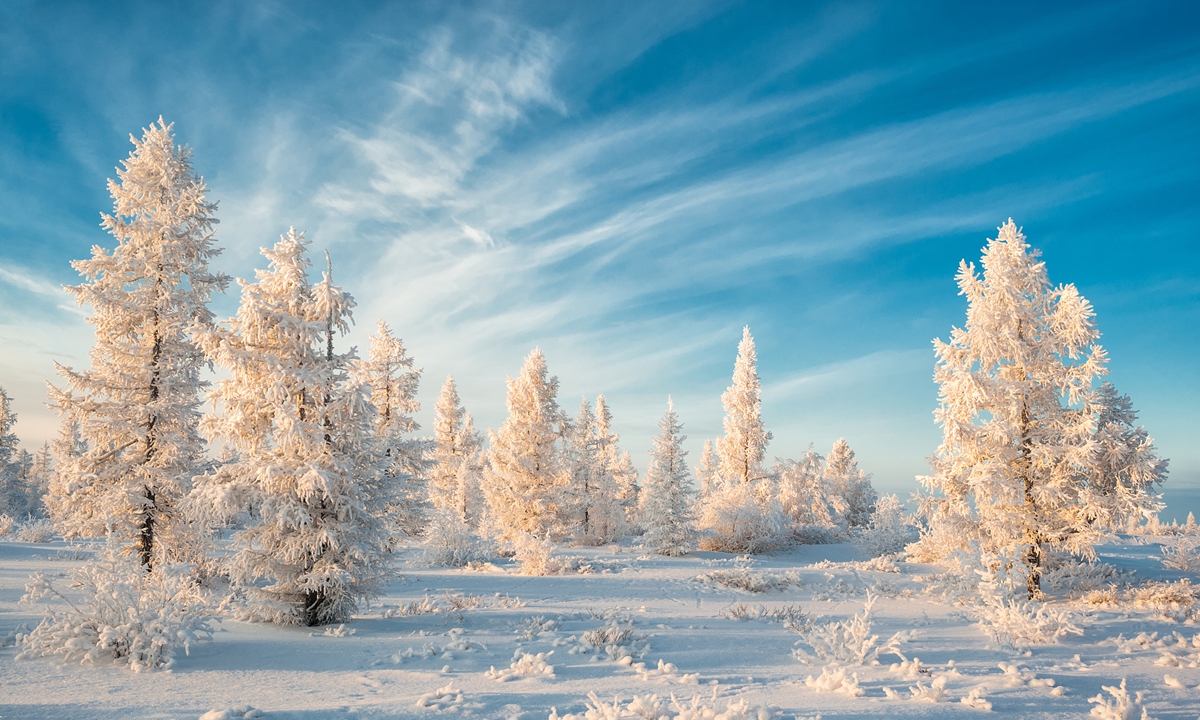The Role of Fire in Ecosystems
Fire is both a destructive and a regenerative force in ecosystems. It can cause immediate harm, consuming
vegetation and threatening human lives and property. However, it also brings ecological benefits that promote
biodiversity and ecosystem health. Fire plays a vital role in nutrient cycling, removing dead plant material and
returning essential nutrients to the soil. This process, known as mineralization, enriches the soil and enhances
the growth of new vegetation.
Some plant species have evolved to be fire-adapted, meaning they have developed specific characteristics that
allow them to survive and even thrive in fire-prone environments. For example, some trees have thick bark that
protects them from the intense heat of a fire, while others have seeds that require the heat of a fire to
germinate. These adaptations ensure the survival and regeneration of certain plant species, contributing to the
resilience of ecosystems.
Fire Regimes
Fire regimes refer to the frequency, intensity, and size of fires that occur in a particular ecosystem over
time. Different ecosystems have different fire regimes, and these regimes are shaped by factors such as climate,
vegetation type, and natural ignition sources like lightning. Fire regimes influence the composition and
structure of plant and animal communities, as well as the overall ecosystem dynamics.
In some ecosystems, such as certain grasslands and savannas, fire is a regular occurrence, with frequent,
low-intensity fires helping to maintain open landscapes and promote the growth of grasses and other fire-adapted
plants. In contrast, in certain forests, fire may occur less frequently but with higher intensity, leading to
periodic stand-replacing fires that create distinct patches of different-aged vegetation.

Fire Suppression and Its Consequences
As human populations have expanded into fire-prone regions, there has been an increasing focus on fire suppression to protect lives and property. While fire suppression can be effective in preventing wildfires from spreading and causing immediate harm, it can also lead to unintended consequences for ecosystems. When fires are suppressed, fuel accumulates on the forest floor, making future fires more intense and damaging when they do occur. Additionally, fire exclusion can disrupt natural ecological processes and negatively impact fire-adapted species that rely on periodic fire events. Prescribed burns, also known as controlled burns, are intentional fires set under controlled conditions to mimic the natural role of fire in ecosystems. These fires are carefully planned and managed to achieve specific ecological objectives, such as reducing fuel loads, promoting plant diversity, and restoring fire-dependent ecosystems. Prescribed burns are an essential tool in fire ecology and land management, helping to reduce the risk of uncontrolled wildfires while restoring and maintaining healthy ecosystems.

Conclusion
Fire ecology is a fascinating field that sheds light on the complex and dynamic relationship between fire and ecosystems. It highlights the crucial role that fire plays in shaping landscapes, maintaining biodiversity, and supporting the resilience of natural systems. By understanding the ecological role of fire and incorporating that knowledge into land management practices, we can strike a balance between fire prevention and allowing fire to play its vital role in maintaining healthy and functioning ecosystems. Embracing fire as a natural process and adopting sustainable fire management practices is essential for the long-term conservation and protection of our planet's diverse ecosystems.





